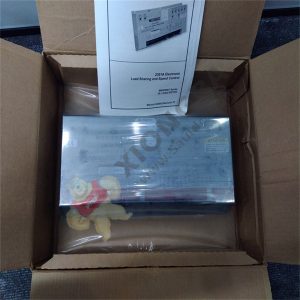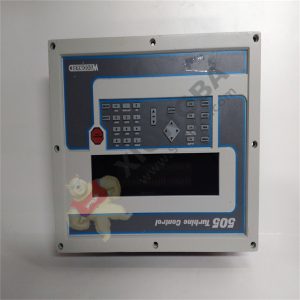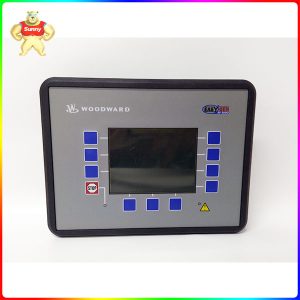Description
Product Introduction: Woodward 8280-423 Fuel Control Module
Overview
Woodward 8280-423 is a high-performance fuel control module designed and produced by Woodward, a globally leading manufacturer of energy control and aerospace equipment. This module is the core hydraulic component in the gas turbine control system, mainly used to precisely and reliably regulate the fuel flow supplied to the gas turbine, thereby achieving control over key parameters such as the unit’s rotational speed, power and temperature.
As a member of the Woodward 8280 series, this model is renowned for its outstanding reliability, robust industrial design, and seamless integration with the WoodwardNetCon™ digital controller. It is widely used in industrial power generation, mechanical drives (such as natural gas pipeline compression), and other fields.
Core functions and working principles
8280-423 is essentially an integrated unit of an Electro-Hydraulic Servo Valve (EHSV) and an actuator. Its core working principle is as follows:
1. Electrical signal reception: The module receives command signals (typically 4-20mA or 0-5Vdc) from the upper-level control system (such as Woodward’s NetCon 5000/6000 series controllers). This instruction signal represents the expected fuel flow rate.
2. Electro-hydraulic conversion: The electromagnetic coil (torque motor) inside the module proportionally converts the received electrical signal into mechanical force.
3. Hydraulic amplification: This tiny mechanical force drives a precise pilot-stage valve, thereby controlling the flow direction and volume of high-pressure hydraulic oil (typically from the lubricating oil system of the unit).
4. Output execution: The amplified hydraulic oil drives the main valve core (piston) to perform precise linear displacement.
5. Flow regulation: The movement of the valve core directly alters the opening degree of the fuel metering port, thereby achieving precise and linear regulation of the main fuel flow path.
The entire process forms a highly responsive closed-loop control, ensuring that the fuel flow rate remains highly consistent with the control signal.
Main features and advantages
• Extremely high precision and response speed: It can respond quickly and accurately to minor changes in control signals, ensuring the smooth and stable operation of the gas turbine and avoiding flameout or overspeed in case of sudden load changes.
• Outstanding reliability and durability: Manufactured with aviation-grade materials and processes, it is designed for 7×24-hour continuous operation, resistant to vibration, shock and temperature changes in industrial environments, with an extremely long mean time between failures (MTBF).
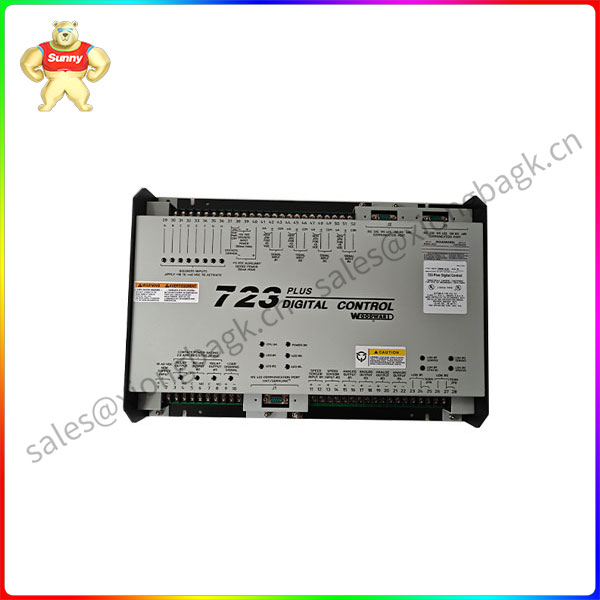
8280-423
• Built-in LVDT position feedback: The module is equipped with a built-in linear variable differential transformer (LVDT), which is used to detect the actual position of the valve core in real time and with high precision, and send the feedback signal back to the controller to form a closed-loop control, greatly improving the control accuracy and reliability.
• Perfect compatibility with the Woodward ecosystem: This module is a component of Woodward’s turbine control solution and is fully compatible with Woodward’s digital controllers, software tools (such as Toolkit), and spare parts systems, simplifying system integration, commissioning, and maintenance work.
• Maintenance-friendly: The design allows for necessary maintenance and calibration on-site, reducing downtime. The global Woodward technical support network provides a strong after-sales guarantee.
Technical Specifications (Typical Features
Model: 8280-423
• Manufacturer: Woodward, Inc
• Type: Electro-hydraulic servo fuel control valve (with integrated LVDT)
• Input signal: Typically 4-20 mA or 0-5 Vdc (depending on specific configuration)
• Output feedback: LVDT feedback signal, usually an AC voltage signal
• Hydraulic source pressure: Depends on the system design and usually comes from the unit lubricating oil (e.g., ~150 psig)
• Working medium:
◦ Control side: Lubricating oil (ISO VG 32, etc.)
◦ Fuel side: natural gas, diesel or other liquid/gaseous fuels
• Materials: The shell is usually made of carbon steel or stainless steel, and the internal precision components are made of corrosion-resistant materials such as stainless steel.
• Environmental grade: The design complies with strict industrial environmental standards.
Application field
The Woodward 8280-423 fuel control module is an ideal choice for the following fields:
• Industrial power generation: Gas turbines (Frame type or Aeroderivative type) used to drive generator sets.
• Oil and gas industry: Gas turbines used to drive natural gas compressors and pumping stations.
• Maritime applications: Gas turbines used for ship propulsion or on-board power generation.
Please contact Sunny sales@xiongbagk.cn for the best price.
➱ sales manager: Sunny
➱ email mailto: sales@xiongbagk.cn
➱ Skype/WeChat: 18059884797
➱ phone/Whatsapp: + 86 18059884797
➱ QQ: 3095989363
➱ Website:www.sauldcs.com

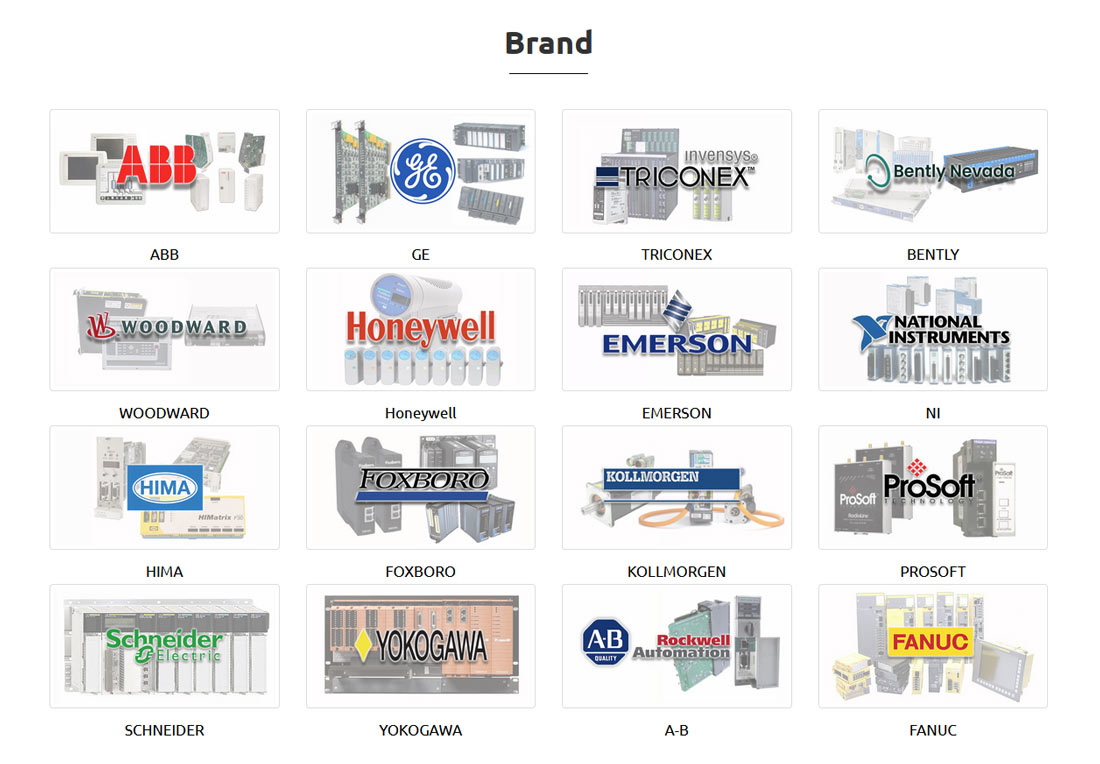
 中文版
中文版


